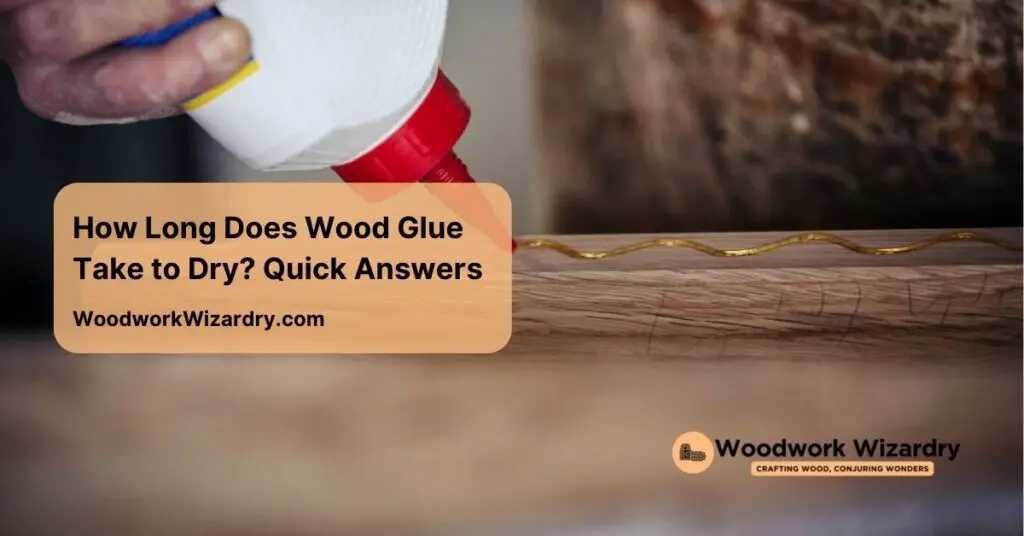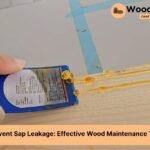When tackling your next woodworking project, timing is everything. You’ve carefully measured, cut, and aligned your pieces, but now you’re wondering—how long does wood glue actually take to dry? Whether you’re a seasoned DIYer or just starting out, understanding the drying time can make or break the success of your project.
You don’t want to risk ruining your hard work by rushing the process or waiting longer than necessary. The good news? Getting a quick, clear answer can save you time and help you achieve a strong, lasting bond. Let’s jump into what you need to know to keep your project moving smoothly.
Factors Affecting Wood Glue Drying Time
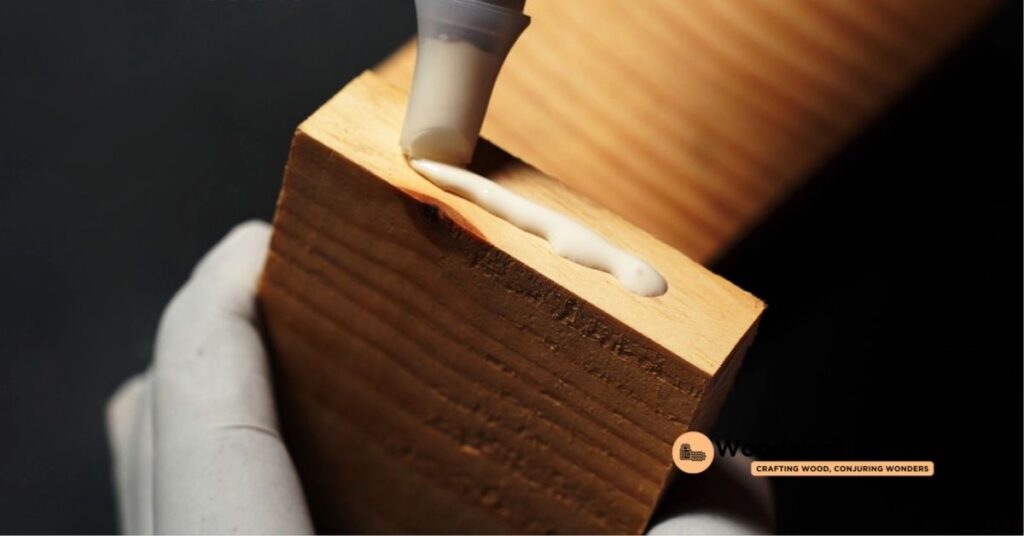
Various elements influence how long wood glue takes to dry. Being aware of these factors ensures optimal results in your woodworking projects.
Type Of Wood Glue
Different wood glue varieties have distinct drying times. PVA glue typically requires 18-24 hours for full curing, but clamps can often be removed after 30 minutes to 1 hour. Polyurethane glue sets faster, within 2-3 hours, but still takes up to 24 hours to cure completely. Epoxy glues, commonly used for stronger bonds, can set in 5-30 minutes depending on the formulation but take 24 hours for full strength. Always check the manufacturer’s instructions to confirm precise times.
Humidity And Temperature
Environmental conditions like humidity and temperature significantly affect drying time. Lower humidity helps glue dry faster, while higher levels can slow the process. Ideal temperatures fall between 65-75°F, promoting faster drying. If the workspace drops below 50°F or exceeds 85°F, expect longer drying times or compromised adhesion. Using a dehumidifier or heater helps manage these variables.
Surface Preparation
How well you prepare wood surfaces impacts the adhesive bond. Clean, dust-free surfaces enable better glue penetration and quicker drying. Roughening surfaces slightly with sandpaper improves adhesion, especially for hardwoods. For oily woods like teak, cleaning with a solvent before applying glue prevents delays caused by natural oils interfering with the curing process. Proper preparation ensures strong and efficient bonding.
Average Drying Times For Common Wood Glues
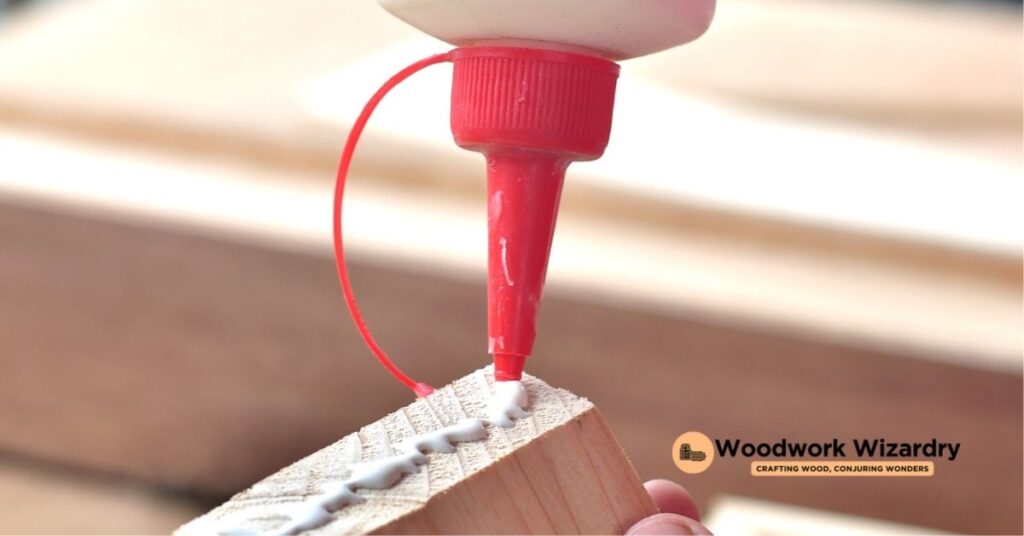
Wood glue drying times differ by type, influencing how quickly you can proceed with your project. Understanding each adhesive’s characteristics helps streamline your workflow.
PVA Wood Glue
PVA wood glue typically takes 18 to 24 hours to fully cure under standard conditions. The adhesive forms an initial bond within 30 to 60 minutes, allowing for minor adjustments. For best results, use it in a controlled environment with moderate humidity and temperatures between 50°F and 85°F. Popular brands such as Elmer’s and Titebond fall under this category.
Epoxy Wood Glue
Epoxy wood glue sets far more rapidly, with working times ranging from 5 to 30 minutes depending on its formulation. Complete curing usually occurs after 24 hours. Opt for epoxy when a fast-drying, heavy-duty bond is needed. Ensure both surfaces remain clean and aligned during application, as epoxy glue hardens into a highly resistant bond.
Polyurethane Wood Glue
Polyurethane glue sets within 2 to 3 hours, though it achieves full strength after 24 hours. This adhesive performs well on both porous and non-porous surfaces, including metal and plastic. Keep in mind that polyurethane glue reacts with moisture, so slightly dampening the wood improves bond strength. Brands like Gorilla Glue are among the most commonly used.
Tips To Speed Up Drying Process
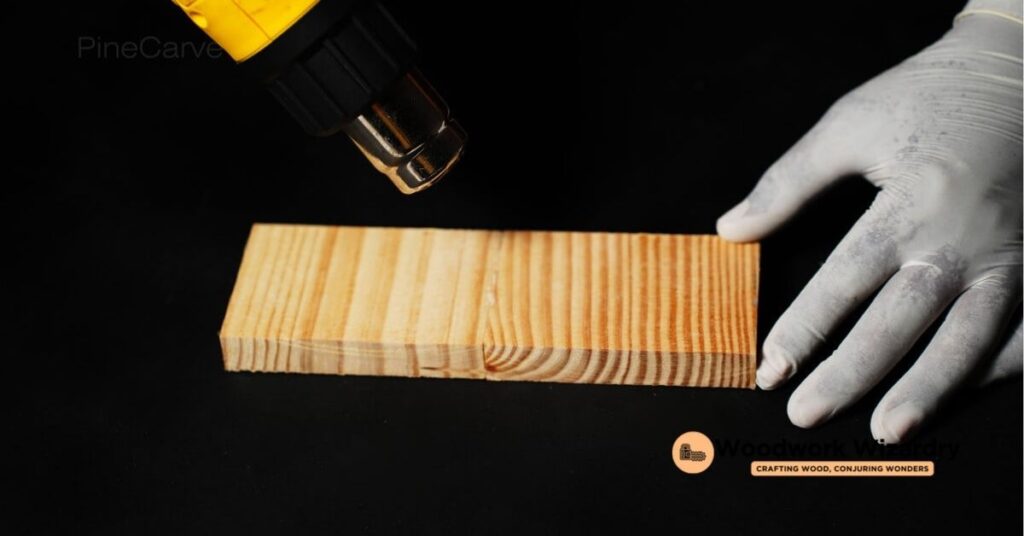
Wood glue drying times can delay project completion, but simple strategies can accelerate the process. Ensuring proper conditions and techniques improves efficiency and bond strength.
Proper Ventilation
Air circulation helps wood glue dry faster. Position your workspace in a well-ventilated area. Fans can promote air movement, aiding evaporation. Avoid excessive humidity in the room, as it prolongs drying times.
Using Clamps
Clamping ensures tight bonding and optimal surface contact. Apply even pressure across the glued surfaces. By reducing gaps, clamps help distribute glue evenly, encouraging quicker drying while improving adhesion.
Applying Heat
Heat can speed up glue curing if appropriately applied. Use a heat gun or hair dryer on a low setting to warm the glued area. Keep the heat source steady and avoid direct contact to prevent material damage, especially with sensitive woods.
Common Mistakes To Avoid
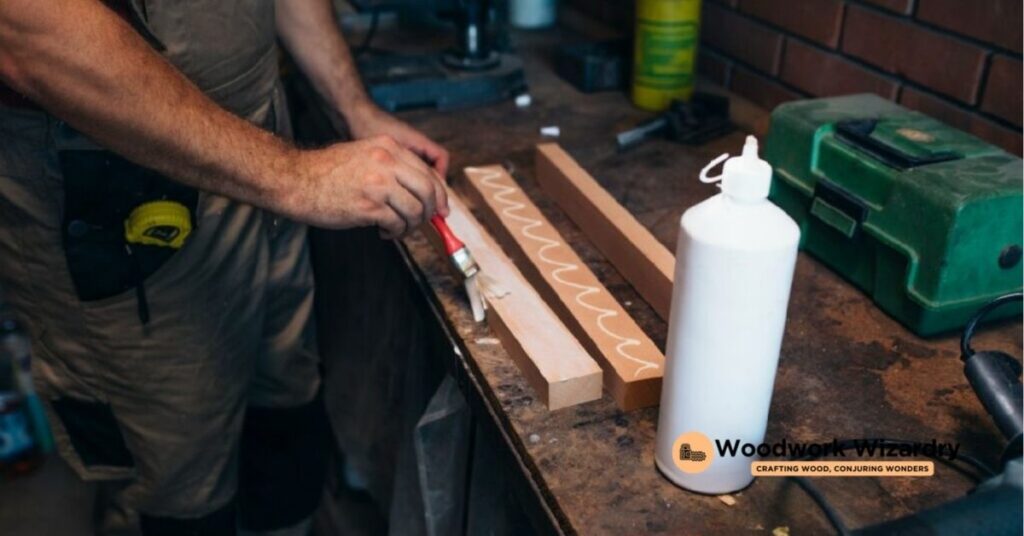
Mistakes during glue application or drying can weaken the bond and extend drying time. Avoid these common errors to ensure stronger, faster results.
Overapplying Glue
Using too much glue creates uneven drying and a weaker joint. Excess adhesive may squeeze out during clamping, leaving a messy surface. Spread a thin, even layer of glue across the joint. For example, when using PVA wood glue, apply only enough to lightly coat the surfaces. Thick layers trap moisture, delaying complete curing.
Ignoring Manufacturer’s Instructions
Disregarding guidelines from glue manufacturers affects bond strength and drying duration. Different glues, like PVA or polyurethane, have exact requirements for application, clamping, and curing. Follow instructions on working time, ideal conditions, and drying periods. For instance, when working with epoxy glue, adhere to mixing ratios and pot life details to ensure proper curing.
Not Considering Environmental Conditions
Environmental factors significantly influence glue drying times. High humidity slows evaporation, while low temperatures reduce adhesive performance. Maintain optimal conditions, such as 70°F and low humidity, for materials like wood bonded with PVA glue. Avoid working in damp spaces or during unfavorable weather if you’re aiming for efficient drying.
Conclusion
Understanding wood glue drying times is essential for achieving strong and reliable bonds in your woodworking projects. By considering factors like glue type, environmental conditions, and proper surface preparation, you can ensure efficient drying and avoid common mistakes that compromise your work.
Whether you’re a seasoned woodworker or just starting out, paying attention to these details will help you streamline your process and enhance the quality of your results. With the right techniques and a little patience, you’ll be well-equipped to handle any project with confidence.

